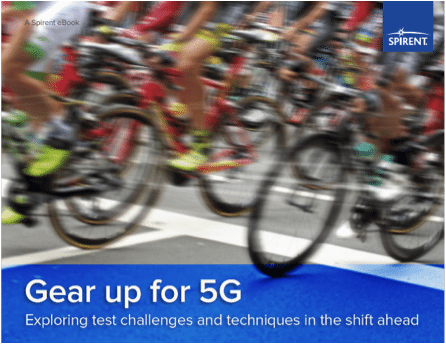Complex and powerful, 5G is truly a transformational leap forward from 4G. With 5G on the horizon, companies are already actively developing and testing designs for this next gen technology. Yet achieving the full 5G vision brings significant new challenges for the cellular industry to solve.
For critical radio access networks, it means moving into a whole new swath of spectrum, along with the need for the NR (New Radio) air interface. Where 4G MIMO (Multi-Input Multi-Output) might use 2 or 4 antennas, the new technology may extend to 32, 64 or 128 elements in each antenna array. 5G also requires more spectrum bandwidth and tiny millimeter wavelengths that do not travel quite as far and are weaker in non-line-of-sight conditions.

Dave Garrison, a senior director of product development at Spirent Communications says, as a result, we simply can’t handle 5G RF (Radio Frequency) testing with the same techniques we used in 4G.
- Just scaling up the frequencies, bandwidths, and antenna counts fails to provide a practical and affordable path forward
- The industry is struggling to move beyond experimental 5G setups to affordable and repeatable test methodologies
- The coming wave of 5G engineers need RF test solutions that are sensible and realistic
During a recent RCR Wireless TV interview at this year’s Mobile World Congress Americas event, Garrison added, “One long-standing area of expertise for Spirent is in RF channel emulation.” He continued, “Spirent is actively working with a number of infrastructure and chipset providers to stay well ahead of the game.”
Whenever new standards emerge, many companies typically begin with more questions than answers. This certainly rings true for companies beginning to explore 5G looking for insight on how they can ensure their designs will perform as needed while standards are still evolving. Test and validation is always essential when bringing new technologies to market, but it’s even more important with 5G. With technologies such as massive MIMO, beamforming, network functions virtualization (NFV), software-defined networking (SDN) and network slicing – comes unprecedented complexity.

